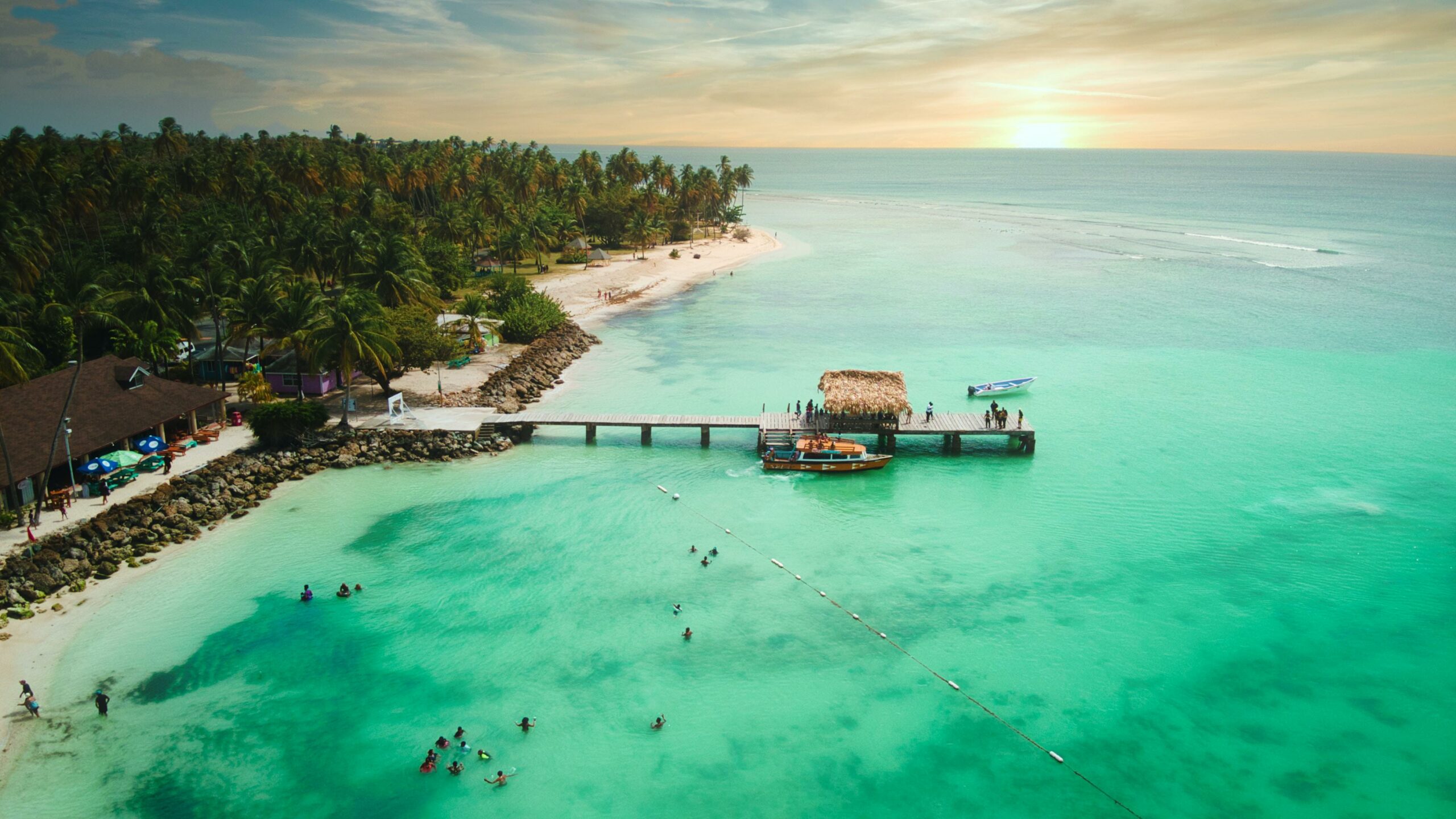Are you ready to embark on a journey through time and space, unraveling the enigmatic threads that weave together the tapestry of our rich cultural heritage? Prepare to be immersed in a world of untold narratives and hidden gems as we venture into the heart of diverse communities and their profound traditions. In this captivating article, we will peel back the layers of history and delve into the significance of cultural heritage, shining a spotlight on its transformative power in shaping identity and fostering societal cohesion. Get ready to celebrate the vibrant tapestry of our collective humanity as we uncover the mesmerizing depths of rich cultural heritage.

Rich Cultural Heritage
Cultural heritage is like a treasure chest overflowing with the diverse traditions, stories, and artifacts that shape our collective humanity. From ancient monuments and artworks to sacred rituals and traditional practices, it represents the essence of who we are and where we come from. Exploring the rich cultural heritage of different communities allows us to unravel fascinating narratives and uncover untold histories that have shaped our world in profound ways.
Preserving the Threads of History
The preservation of cultural heritage is not simply an act of conservation; it is a recognition of its vital role in human history. Tangible elements, such as buildings and artworks, provide glimpses into the past, allowing us to appreciate the architectural marvels, artistic expressions, and craftsmanship of our ancestors. These tangible cultural artifacts stand as a testament to the ingenuity, creativity, and cultural exchange that have occurred throughout the ages.
At the same time, intangible cultural heritage, including folklore, language, and traditions, is equally important. They are the living manifestations of a community’s identity, passed down through generations. These intangible elements contribute to the richness and diversity of our cultural tapestry, fostering a sense of belonging and continuity. Just like a tapestry, each thread contributes to the overall beauty and complexity of the whole.
“Preserving cultural heritage reflects our recognition of its importance and ensures that future generations can connect with their roots.”
A World of Heritage
Rich cultural heritage can be found in every corner of the globe. Countries like Italy, Greece, Spain, and India, just to name a few, are teeming with an abundance of historical sites, traditions, and artistic masterpieces. The world heritage movement, spearheaded by organizations like UNESCO, has played a significant role in safeguarding and promoting these treasures.
National and regional heritage movements also contribute to the preservation efforts. These local initiatives recognize the uniqueness of their own cultural heritage and work tirelessly to protect and celebrate it. Through their efforts, traditions are revived, languages are revitalized, and communities are empowered.
“Cultural heritage is not confined to a select few; it is a shared wealth that belongs to all of humanity.”
Living Heritage: Safeguarding Cultural Diversity
Cultural heritage is not confined to the past. It is a vibrant, living entity that continues to evolve with time. Indigenous peoples around the world are keepers of a rich diversity of living heritage – practices, knowledge, languages, and more. Their deep connection to the land, their ancient customs, and their sustainable practices serve as valuable lessons in preserving our planet and ensuring a sustainable future.
“Living heritage is a celebration of cultural diversity, reminding us of the importance of embracing and respecting different ways of life.”
The Challenges and Triumphs of Cultural Heritage Preservation
While the preservation of cultural heritage is of utmost importance, there are various challenges that must be addressed. Philosophical debates, technical complexities, and political issues often arise when it comes to the management and repatriation of cultural heritage. Balancing the preservation of cultural artifacts with the rights and sovereignty of indigenous communities can be a delicate task.
However, despite these challenges, there have been notable successes in preserving and protecting cultural heritage. UNESCO’s efforts, along with the collaboration between governments, organizations, and local communities, have led to the safeguarding of numerous cultural sites, traditions, and languages. These triumphs serve as a reminder of what can be achieved when we come together to celebrate and preserve our shared heritage.
“Preserving cultural heritage requires a collective effort, encompassing collaboration, respect, and inclusivity.”
In Conclusion
From the ancient wonders of the world to the intangible traditions that shape our daily lives, our rich cultural heritage encompasses a vast universe of experiences, stories, and identities. Exploring and celebrating this heritage not only allows us to better understand our past but also shapes our present and future. By embracing the diverse tapestry of cultural traditions, we foster social cohesion, promote tolerance, and ensure the preservation of our collective humanity.
“Let us cherish and protect our rich cultural heritage, for it is a testament to our shared roots and an unspoken bridge between generations.”
Guadalajara, Mexico is a city that is rich in cultural heritage. With its beautiful architecture, vibrant art scene, and traditional festivals, Guadalajara offers a glimpse into the country’s rich history and traditions. If you’re a history buff or simply interested in immersing yourself in the local culture, you won’t want to miss out on exploring Guadalajara’s cultural heritage. Click here to discover more about Guadalajara’s cultural heritage.
FAQ
Question 1: Why is preserving cultural heritage important?
Answer 1: Preserving cultural heritage is important because it reflects a recognition of its significance in human history. It allows future generations to understand and appreciate their roots, shaping their identity and fostering societal cohesion.
Question 2: What is cultural heritage?
Answer 2: Cultural heritage encompasses both tangible culture, such as buildings, monuments, and artworks, as well as intangible culture, including folklore, traditions, and language. It represents the rich tapestry of cultural traditions that define our collective humanity.
Question 3: How is cultural heritage protected?
Answer 3: Cultural heritage has been protected since ancient times, but the adoption of the Convention Concerning the Protection of World Cultural and Natural Heritage has played a significant role in preserving it. National and regional heritage movements also contribute to safeguarding cultural heritage.
Question 4: What role does UNESCO play in preserving cultural heritage?
Answer 4: UNESCO has been involved in preserving cultural heritage and has achieved successes in this field. It works with governments and communities worldwide to identify, safeguard, and promote cultural heritage sites and intangible heritage practices.
Question 5: What is living heritage and why is it important?
Answer 5: Living heritage refers to the practices, knowledge, and languages that are passed down from generation to generation within communities. It is important for maintaining cultural diversity and ensuring the continuity of traditional practices and expressions.
- Senior at What Age: Benefits & Eligibility Guide - March 29, 2025
- Unlocking Senior Benefits: How Old is a Senior? Your Complete Guide - March 29, 2025
- Master Russian Politeness:A Guide to Saying Please - March 29, 2025
















